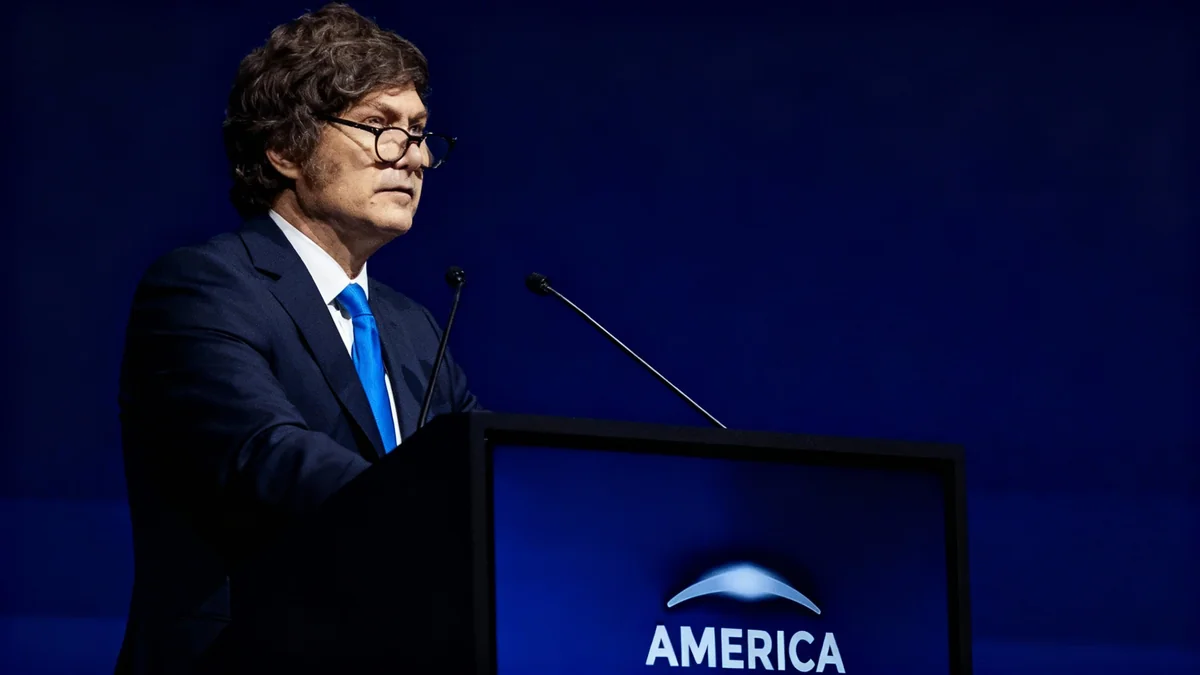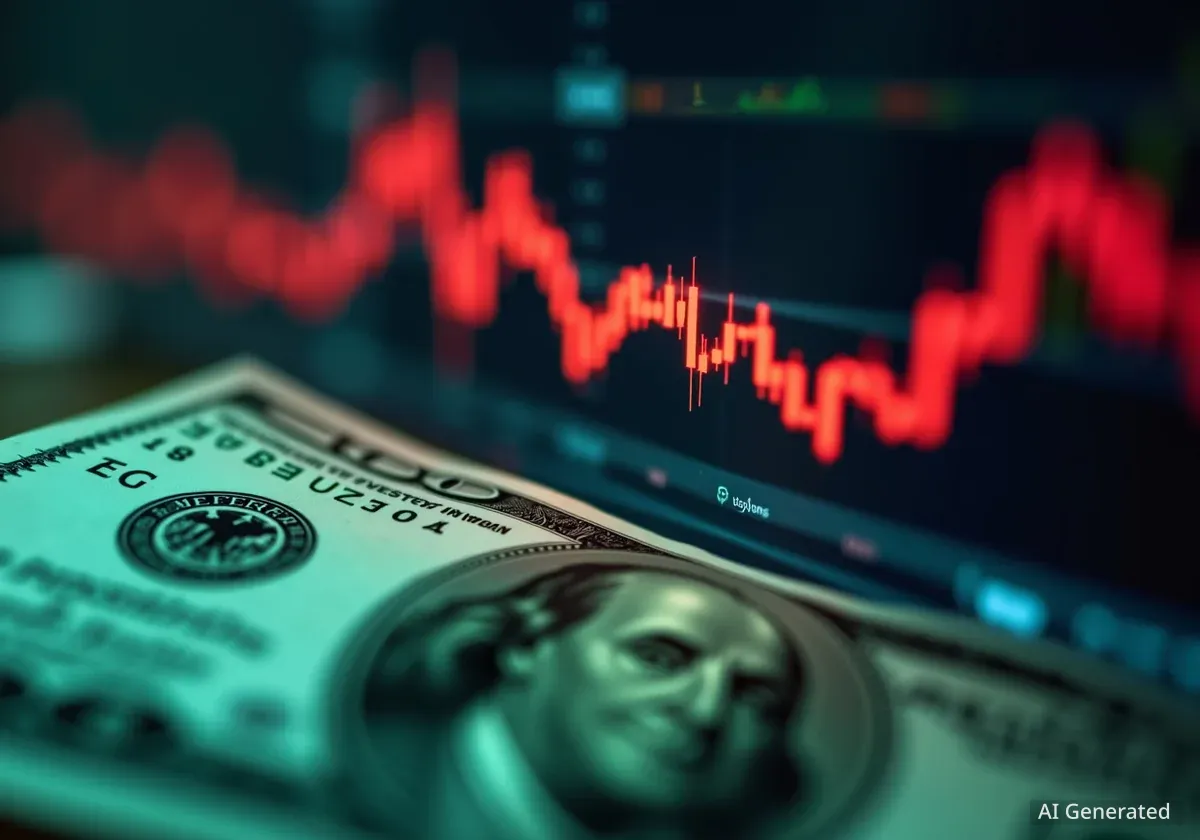The Japanese Yen emerged as the top-performing G10 currency on Friday after the Bank of Japan (BoJ) maintained its key policy rate, signaling a more assertive monetary stance. Simultaneously, the U.S. Dollar gained support from strong economic data and positive developments in the technology sector, creating a dynamic trading environment for major currency pairs.
Key Takeaways
- The Bank of Japan held its policy rate at 0.5% with two dissenting votes favoring a more hawkish approach, which significantly boosted the Japanese Yen.
- The U.S. Dollar strengthened following better-than-expected economic reports, including a drop in jobless claims and a surge in the Philadelphia Fed Manufacturing Index.
- Market sentiment improved after Nvidia announced a $5 billion investment in Intel for joint AI chip development.
- Traders are closely watching an upcoming call between U.S. President Donald Trump and Chinese President Xi Jinping for updates on trade relations.
Bank of Japan Decision Lifts the Yen
The Japanese Yen saw a significant rise against its major counterparts early Friday. The surge followed the Bank of Japan's decision to keep its primary interest rate unchanged at 0.5%.
The policy board's vote was 7-2, but the details revealed a hawkish tilt. Two members dissented, advocating for a more aggressive policy tightening. This signal, combined with an announcement that the central bank would begin selling its exchange-traded funds (ETFs), was interpreted by markets as a move toward policy normalization.
As a result, the USD/JPY pair experienced downward pressure, trading near the 147.50 level. Market participants are now awaiting the press conference from BoJ Governor Kazuo Ueda for further clarification on the central bank's future policy direction.
BoJ Policy at a Glance
- Policy Rate: Held steady at 0.5%
- Board Vote: 7-2 in favor of holding rates
- Key Action: Announcement of ETF sales
- Market Impact: Significant strengthening of the Japanese Yen (JPY)
U.S. Dollar Supported by Positive Economic Indicators
The U.S. Dollar maintained its recent recovery, with the USD Index trading near 97.50. The currency's strength was underpinned by several positive fundamental factors, adding to the momentum from the Federal Reserve's cautious rate cut earlier in the week.
A major boost to market sentiment came from the technology sector. Nvidia announced it will invest $5 billion in Intel to co-develop artificial intelligence infrastructure and PC chips, a move that lifted investor confidence and supported a risk-on mood inherited from Wall Street's overnight session.
Strong U.S. Data Alleviates Economic Concerns
Economic data released on Thursday painted a robust picture of the U.S. economy. Initial claims for state unemployment benefits for the week ending September 13 fell by 33,000 to a seasonally adjusted 231,000. This partially reversed a spike from the previous week, which had marked the highest level since October 2021.
Furthermore, the Philadelphia Federal Reserve Manufacturing Index provided a significant positive surprise. The index jumped to 23.2 in September, far exceeding market expectations of a modest rebound to 2.3. This strong reading suggests resilience in the manufacturing sector.
Performance of Major Currency Pairs
The divergent monetary policy signals and economic data created distinct movements across major currency pairs.
GBP/USD continued its correction from a two-month high of 1.3726. The pair declined toward the 1.3500 mark. Notably, stronger-than-forecast UK Retail Sales data for August failed to provide any lasting support for the Pound Sterling, which was overshadowed by the broad strength of the U.S. Dollar.
EUR/USD remained under pressure, trading below the 1.1800 level. The pair's losses were primarily driven by the firmer greenback. Traders are now looking ahead to speeches from several European Central Bank (ECB) policymakers for potential new catalysts.
USD/CAD traded within a stable range around 1.3800. The pair was caught between the competing forces of a strong U.S. Dollar and weaker oil prices, which typically weigh on the commodity-linked Canadian currency.
In commodities, Gold attempted a modest rebound from a three-day low. The precious metal was testing prices above the $3,650 level as traders positioned themselves ahead of potential market-moving news later in the day.
Focus Shifts to U.S.-China Trade Relations
Adding to the positive market sentiment was renewed optimism regarding U.S.-China trade relations. U.S. President Donald Trump indicated that he might consider an extension to the current trade truce with China.
"I can do an extension to the trade truce," President Trump noted ahead of a scheduled phone call with Chinese President Xi Jinping on Friday.
This development has eased some concerns about an immediate escalation of trade tensions. The outcome of the call and any resulting announcements will be a key focus for markets, potentially influencing risk appetite and currency movements into the weekend.
Background on the U.S.-China Trade Conflict
The economic conflict between the United States and China began in 2018 when the Trump administration imposed tariffs on Chinese goods, citing unfair trade practices. China responded with retaliatory tariffs, leading to an escalating trade war. A "Phase One" deal was signed in January 2020 to de-escalate tensions, but many tariffs remained in place under the subsequent Biden administration.
With Donald Trump's return to the presidency in 2025, the trade conflict has re-emerged as a central issue. During his campaign, Trump pledged to impose tariffs as high as 60% on Chinese imports. This renewed focus on protectionist policies is expected to reintroduce volatility into global supply chains and financial markets.





